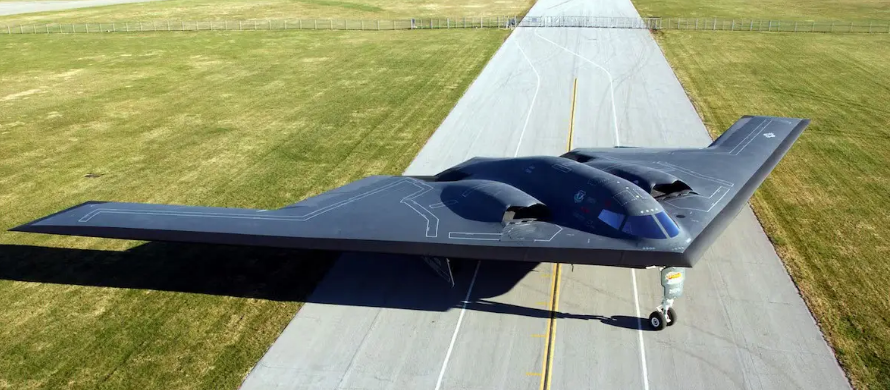
🌍 Prelude to War
On June 13, 2025, Israel launched a wide-reaching military campaign, codenamed Operation Rising Lion, targeting over 100 sites across Iran—including nuclear enrichment facilities, missile production centers, IRGC command hubs, and even Tehran‐adjacent locations using airstrikes and drone-attacks attributed to Mossad (en.wikipedia.org).
These simultaneous strikes killed dozens of IRGC leaders and scientists, including high-profile figures like Hossein Salami, Mohammad Bagheri, and others (en.wikipedia.org). Satellite imagery and independent analysis suggest over 30 missile launchers and multiple underground facilities were destroyed (en.wikipedia.org).
🇮🇷 Iran’s Retaliation
Just days later, Iran responded with a barrage of ballistic missiles and drones aimed at Israeli territory. Notable was an attack on Soroka Medical Center in Be’er Sheva, where a Sejjil missile struck, causing structural damage, chemical leaks, and injuring dozens (en.wikipedia.org). Iran also targeted residential areas in Haifa, Tel Aviv, and Jerusalem, resulting in multiple casualties and infrastructure damage . Israel’s Iron Dome intercepted an estimated 90% of incoming attacks, though some penetrated shields to hit civilian neighborhoods (washingtonpost.com).
🛩️ Mossad and Drone Sabotage
Ahead of its bombing campaign, Israel reportedly carried out covert Mossad-led drone sabotage deep in Iran. Rogue UAVs disabled critical missile launchers and air-defense systems, reducing the number of Iranian missiles deployed in retaliation from a potential 1,000 to around 200 (en.wikipedia.org). This hybrid approach blended cyber, covert, and aerial tactics for a surgical strategic advantage (en.wikipedia.org).
🇺🇸 U.S. Joins the Fray
⚠️ Direct Military Action
On June 21, President Trump announced that the United States had directly struck three Iranian nuclear sites—Fordo, Natanz, and Isfahan. The U.S. used bunker-busting ordnance, including the 30,000‑lb GBU‑57 Massive Ordnance Penetrator (MOP) delivered by B‑2 stealth bombers, and submarine-launched Tomahawk cruise missiles, marking the first combat deployment of the MOP (apnews.com).
President Trump described the strikes as achieving their objective—”obliterating” Iran’s nuclear capabilities—and warned there were more targets left if Iran continued its nuclear path (apnews.com). He emphasized that the strikes were corrective, not regime-changing, but meant to enforce “peace or tragedy” (apnews.com).
📦 U.S. Military Deployment
Ahead of the operation, the U.S. moved B‑2 bombers to Diego Garcia, supported by tanker aircraft, along with carrier strike groups, destroyers, and fighter jets into the region, signaling a willingness for sustained pressure (politico.com).
🏛️ Domestic Response in the U.S.
Trump’s unilateral military action sparked fierce debate in Washington. Republicans broadly praised the decisive action while Democrats condemned it as unconstitutional due to lacking Congressional authorization. Senator Tim Kaine filed a resolution demanding formal approval for further action (apnews.com).
🛰️ Iran’s Position & International Reaction
- Iran’s Foreign Minister Abbas Araghchi condemned the strikes as “heinous and illegal,” called for an emergency UN Security Council meeting, and vowed to retaliate with all available means.
- Iran confirmed there was “no radioactive contamination” detected at the targeted nuclear sites.
- European leaders, including G7 officials, condemned the escalation and emphasized that Iran must not obtain nuclear weapons, while calling urgently for de-escalation .
- Australia’s Greens decried the U.S. actions as illegal, urging their government to distance itself and clarify whether Pine Gap intelligence facilities were involved.
⚖️ Legal & Strategic Implications
- US legality: Critics argue Trump bypassed Congress for declaring war—constitutional scholars termed it unconstitutional without explicit authorization .
- International law: Iran and others label the strikes “violent aggression” under the UN Charter, raising questions about civilian harm and Geneva Convention violations .
- Regional escalation: U.N. Secretary-General Guterres warned of a slide into broader, uncontrollable confrontation, involving proxies like the Houthis, Hezbollah, and Palestinian militias.
⚔️ Human Cost & Civilian Impact
- Israeli airstrikes have reportedly killed 224+ civilians in Iran—many women and children—and damaged critical infrastructure such as hospitals and housing, sparking international human-rights outcry.
- Over 600 killed and 1,300+ injured in Iran, primarily from Israeli airstrikes (washingtonpost.com).
- Israel hospitalized 50+ injured by the missile strike on the Soroka hospital in Be’er Sheva, triggering condemnation of possible war crimes.
🔮 What Happens Next?
⚙️ Military
- Israel and the U.S. have signaled readiness for more strikes. Trump set a two-week ultimatum for Iran to cease nuclear activities.
- Iran says it has “reserved all options” and continues missile and drone attacks.
🏛️ Diplomatic
- Iran has requested U.N. intervention; G7 leaders and Europe are pushing for de-escalation and diplomatic engagement.
- Iran’s Foreign Minister urged Trump through public remarks to intervene diplomatically—calling a single phone call could halt Netanyahu’s war path.
🗳️ Political Fallout
- Domestic U.S. lawmakers are mobilizing resolutions to assert Congressional authority over war decisions .
- Public concern is growing about the cost of war, potential regional spillover, and the legality of strikes .
🌐 Broader Context
This conflict is part of a longer shadow war involving covert operations and regional proxy confrontations:
- October 2024: Israel struck Iranian missile facilities (Operation Days of Repentance) across Iran, Syria, and Iraq, disabling air defenses and missile silos—sending a signal of capabilities.
- Iran has responded previously with attacks via proxies such as the Houthis, Hezbollah, and Palestinian militants .
✅ Final Assessment
The Israel–Iran war has escalated rapidly from covert sabotage and Israeli airstrikes into an open, multi-state conflict with active U.S. military involvement. With deep underground nuclear sites hit using heavy bunker-buster bombs, civilian casualties rising, and the legal authority of launches under scrutiny, the conflict now stands at a critical juncture.
Immediate risk looms large: potential retaliation on U.S. bases, regional energy disruptions, and continued human suffering. The coming days and weeks will determine whether diplomacy can prevail or whether this confrontation spirals further, drawing in global powers and destabilizing international security.


